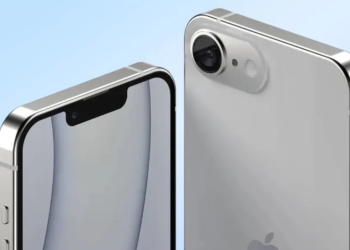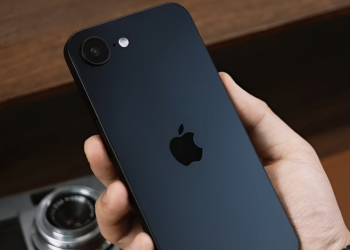As a metal, silver is extremely pliable, elastic, heat resistant, conductive, non-corrosive, non-toxic in low doses, has low contact resistant, doesn’t readily oxidise and has proven antimicrobial and biocide properties. That means it can lend itself to a huge range of applications, some of them literally life-saving.
Of particular note are silver nanoparticles (silver NPs), which are tiny particles of silver. Studies have found they have excellent antimicrobial properties and are very effective against most types of bacteria. However, they’ve also proven to be a very handy tool in the fight against some viruses, notably HIV, hepatitis B, herpes simplex, monkey pox, and RSV (respiratory syncytial virus).
Much of this knowledge about silver isn’t exactly new to human kind. We’ve been using it for centuries to treat wounds and infections, preserve foods and liquids, and as a general-purpose disinfectant. Indeed, prior to the mass development of modern antibiotics, silver was a standard in medical treatment in many countries.
How does silver function as an antimicrobial and sanitiser?
It appears to come down to silver’s propensity to release positively charged ions Ag+) in the presence of fluids. Elemental silver itself ie pure silver is atomically neutral and has no antibacterial properties. That doesn’t prevent it from being an extremely valuable mineral in its own right for all the reasons mentioned above. However, it’s silver’s medical and…


























































